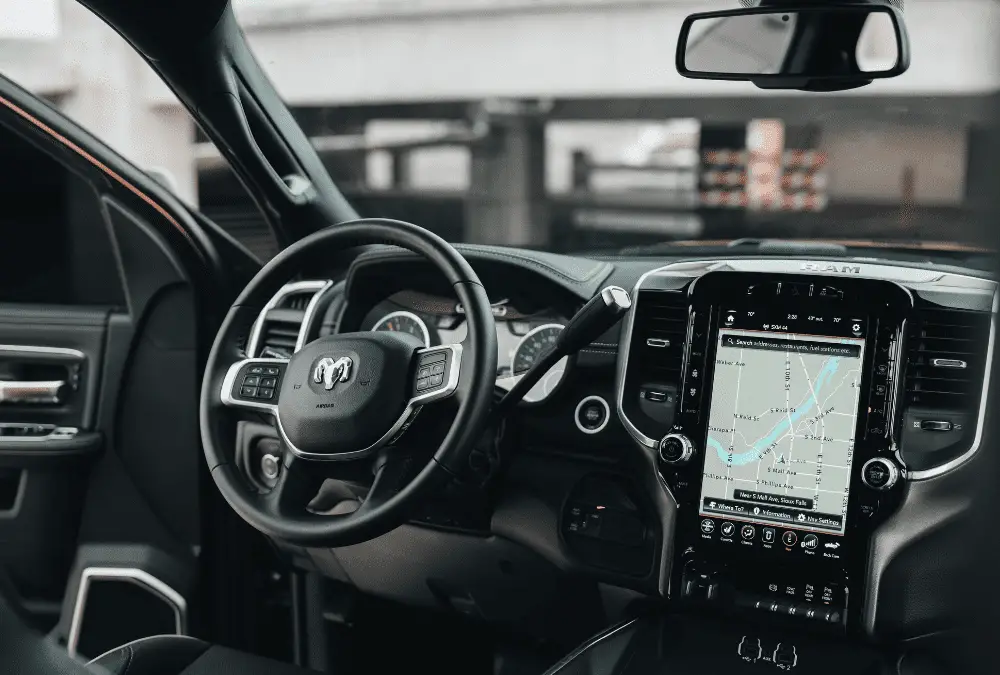This post contains affiliate links.
In recent years I've seen the car rental industry change considerably. Companies like Turo caused big car rental agencies to reconsider their entire business strategy for the first time in decades. One such endeavor was Maven, a car sharing service owned and run by General Motors Corporation, which sadly closed its doors. Let’s compare Turo vs. Maven and see why the former survived.
Maven, like Turo, was a car-sharing platform. Their focus was completely different, though. Turo is like AirBnB in the sense that private car owners may rent out their cars. Maven was owned by General Motors Co and slightly more like traditional car rental agencies with fleets of vehicles.
Maven had its own little niche in the market that worked well in its favor for a few years. Unfortunately, it wasn’t enough to keep their doors open since there are significant differences between the business models of Maven and Turo. Let’s compare those differences and find precisely what Turo does right to see why it’s still around while Maven is no more.
What Makes Turo Different From Maven?
Turo is unlike traditional car rental agencies in the sense that Turo does not own a fleet of cars. You don’t land at the airport, walk to the Turo booth, and rent a car that’s parked in a lot close by. Turo’s entire approach is to let private car owners like you make your vehicle available to other people and earn an income from it. It’s quite literally like AirBnB for cars.
A user simply registers on the Turo app, where they will have to submit all of their information like driver’s license, credit card details, etc. After that, they can browse through the list of cars available and choose the car that they want to rent. The rental is confirmed with the vehicle owner, and Turo pays the owner after deducting the money from the renter’s account.
General Motors founded Maven in 2014. It aimed to provide a service similar to Turo’s, but since GM is a big corporate, Maven owned a fleet of GM cars that were placed in lots around the United States.
Like Turo, you used an app to book a car when you needed it. After securing the car, you went to the lot where it was parked and drove off. You had the vehicle available for your use, and when you were done, you simply parked the car back at the lot, and Maven charged you for the time you rented it. A simple but effective system.
Turo Vs. Maven: Pricing
Turo does not claim to be cheaper than traditional car rental agencies, but in reality, it often is. Though there may occasionally be some hidden or unexpected costs, Turo’s pricing tends to be market-related and competitive.
Maven’s pricing worked out almost identical to Turo’s at the time. Since GM created Maven to fill a gap between traditional car rental agencies and Turo, their rates had to be competitive and similar to the competition. There were no apparent pricing differences between renting a Turo car and an equivalent car through Maven.
Turo’s Advantages And Disadvantages Vs. Maven
The number one advantage of Turo’s car sharing system over more traditional car rental platforms is one of convenience. There are no queues, no lengthy forms to complete, to long distances to walk to get to a car rental lot. You open the app, choose a car, and you can even arrange for the car to be delivered to you wherever you are at that time. For the most part, this is an advantage that Maven has, too.
The other great thing about Turo is that you can choose the exact car you want. Want a sporty drive out in the country? Get a sports car. A long holiday with your family? Turo has family sedans and SUVs galore. In the mood for some off-roading? There are many four-wheel drive cars available for just that purpose.
The negative side is that you are dealing with a private person. They sometimes cancel cars at the last minute. Thankfully it’s easy to get a refund and a new car with Turo, but it could be frustrating. But the fact that it’s a privately owned car has some other disadvantages as well. For example, you don’t always know the car’s condition or service record for sure. Insurance is also often a grey area.
Why Did Turo Survive When Maven Failed?
I can point to a few likely reasons why Turo survived while Maven failed. None of these are the only reasons, but rather, the combination of factors all played a part in GM’s decision to close Maven’s doors for good.
Turo Targets A Different Market
Turo and Maven, though similar, had completely different markets. Turo’s target market is travelers, people who go on holiday or business trips. The fact that you can arrange for your Turo rental car to be delivered to you at the airport proves this point. Turo really aims to compete with the traditional car rental agencies.
In some ways, you could say that Maven competed more with ride-sharing services like Uber than with Turo. You used the app, booked a car, picked it up from your closest lot, and returned it to the same lot once you were finished. Maven’s target market was more for commuting and day-to-day trips for people who couldn’t drive their own car for whatever reason.
Turo’s Market Was Better Geared For The Pandemic
Since Maven targeted commuters, they were hit severely when the Covid-19 pandemic struck in 2020. As the world went into lockdown and work-from-home became the norm, any business that focused almost exclusively on commuters as their source of income struggled severely.
This does not mean that Turo wasn’t affected. Though travel was still slightly more active than general commuting, there was also a severe drop in traveling numbers as well. However, the key to Turo’s survival under these conditions lies in the next factor.
Turo Doesn’t Operate A Fleet
One of Maven’s most significant advantages was that it owned its own fleet of cars. That same advantage became a severe disadvantage during the pandemic.
Owning and operating a fleet of vehicles is excellent when you earn an income from it. Once the income dries up, as it did during the lockdown, it becomes a worthless expense. These expenses would be very high for Maven and its parent company, GM, especially only a few years after GM was saved from bankruptcy.
Turo, on the other hand, owns no vehicles. People who made their cars available for rental on Turo definitely suffered some losses, but most of those people do it for some extra money and not as their primary source of income. Most of them could easily weather the storm and are now back in business. Since Turo’s expenses are low compared to Maven’s, it survived.
Conclusion
Turo and Maven are both brilliant business ideas with unique and creative approaches to solving specific problems. It is purely circumstances that made the difference causing the one to survive while the other crashed. Who knows, maybe GM will still decide to re-launch Maven. It is a fantastic business idea, after all.


